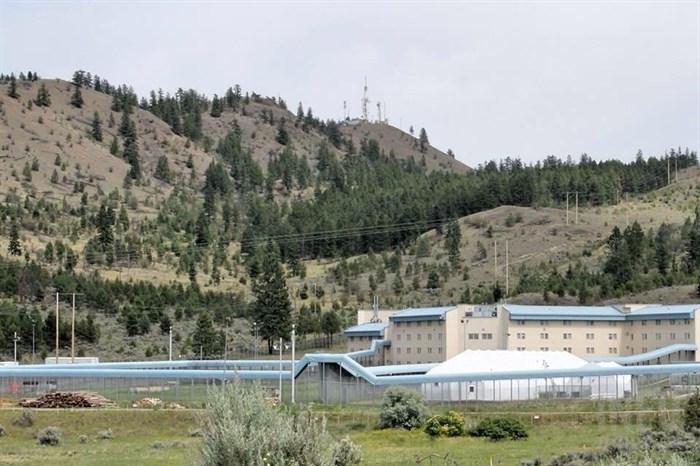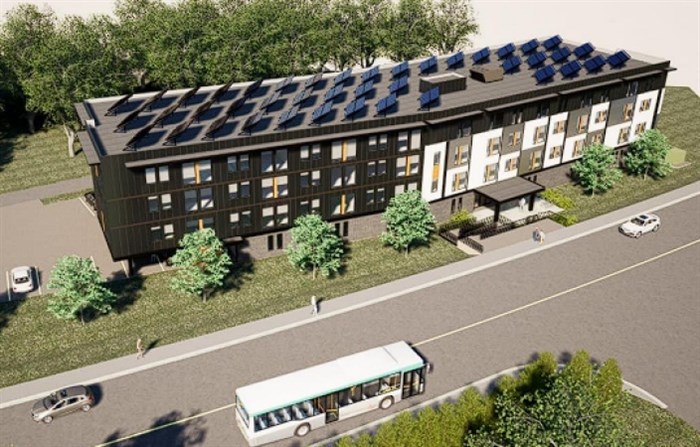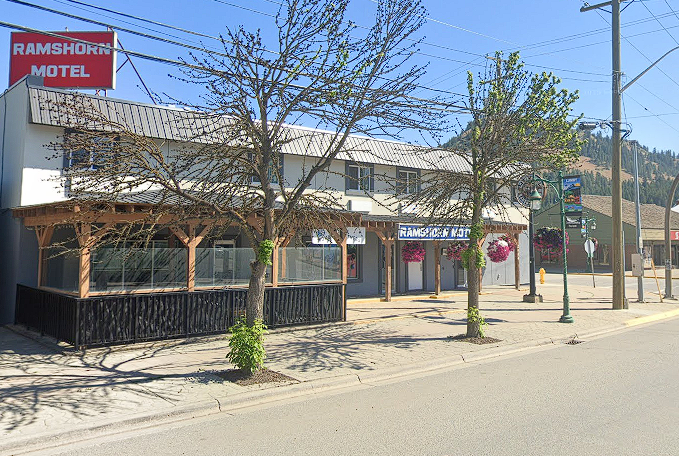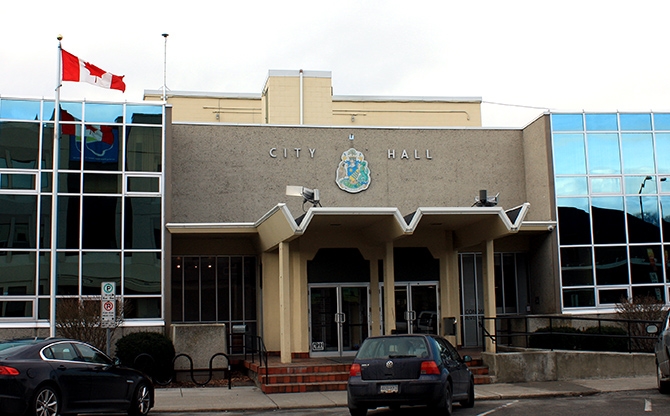

Is a bedroom just anywhere you can plop down on a bed and sleep? Legally speaking, in Kelowna, there’s a bit more to it and renters should be aware of what the rules are.
Post secondary students are especially vulnerable to landlords who are trying to take advantage of them, and simple questions can be difficult to get a straight answer to, like what’s a bedroom?
Rachel Fortin is the student advocate at the UBC Okanagan campus and said it’s common to get complaints from students who signed a lease during a desperate search for housing and end up getting taken advantage of.
“A lot of students are international students, or have never had to rent a place before, so they go and rent a site unseen. Then once they get there, it’s a bit of a bait and switch,” she said. “There are a number of units in Kelowna that are not legally registered as a unit,” she said.
She has heard of cases around B.C. where landlords have turned dining rooms, closets or an office with no window into a bedroom.
Her brother purchased a two-bedroom apartment that was formerly rented out as a six-bedroom unit.
“The closet over here, that storage closet, was a bedroom. The so-called dining room was a bedroom,” she said.
What the actual law is varies from place to place since cities can have different bylaws regulating what a bedroom in a rental requires.
Kelowna follows the BC Building Code, which states that a bedroom doesn’t need an egress window if there is a sprinkler system. Bedrooms without a sprinkler system have to have a window that is a minimum 0.35 square metres with no dimension less than 380 millimetres.
A bedroom also needs to be a minimum of 75 square feet, or 7 square metres, unless there is a closet built in then it can be a bit smaller at 65 square feet, or 6 square metres.
The BC Building Code is around 2,000 pages long, and city bylaws can be difficult to comb through, so it’s tough to tell whether the space a renter is looking at meets the legal requirements.
The City of Kelowna’s media relations manager Tom Wilson said that anyone looking at a unit to rent, or has already found themselves in a suite they think isn’t up to code, the city’s building department can help.
Renters can check with the city to make sure things like windows are up to code, and even make a property information request to get the approved floor plans to compare with the actual unit. The request does have to be with the property owner’s consent.
The number of people living in a unit is determined by the tenancy agreement.
“The tenancy agreement must be clear about what’s included in the rent. It can also limit the number of occupants in the unit or indicate how much additional rent is required if more people move in – these terms must be reasonable,” the provincial government’s rental agreement fact sheet reads.
There’s a National Occupancy Standard that states a maximum of two people per bedroom is “suitable”, but the standard isn’t the law, according to the Canadian Mortgage and Housing Corporation.
Fortin said that educating students on proper due diligence prior to signing any lease agreement is crucial since once an agreement is signed it can be a tricky legal process to get out of, even if the terms are unfair and go against common standards.
“Whether it’s appropriate or not, they’ve got to navigate that entire process of them trying to get themselves out of the agreement,” she said. “They’ve never navigated this type of landscape and they’ve already got so much to worry about. It’s really, really tough to see them go through something where you know they’re being fully taken advantage of.”
UBCO has lawyers on retainer to help students navigate the legal system since the main recourse for tenant landlord disputes is the Residential Tenancy Branch, which like most legal processes can be difficult to figure out.
David Hutniak is the CEO of LandlordBC, an advocacy and resource association for landlords.
He said a lot of landlords aren’t trying to cram as many tenants as possible to maximize profits, but there are situations where students find themselves renting from someone who is trying to take advantage of them.
“By and large, there’s no big interest in filling their rental units to the ceilings,” he said. “Landlords are very sensitive to only wanting a finite number of people in a unit because of square footage and wear and tear of the unit.”
Fortin has heard of plenty of situations where tenants are crammed into units by landlords who are bad actors.
“The sheer fact that students are vulnerable, they’re navigating things they’ve not navigated before. There are, sadly, a reasonable number of people out there who will take as much advantage of that as possible. Cramming them into small spaces is not unheard of,” she said.
Hutniak said that as vacancy rates rise in places like Kelowna, renters will have more choice and put landlords with illegal bedrooms out of business.
“The positive is that with increased vacancy rates, some of those landlords basically are not going to be able to be in business because of increased competition, more choice out there for renters,” he said.
Join the Conversation!
Want to share your thoughts, add context, or connect with others in your community?
You must be logged in to post a comment.














